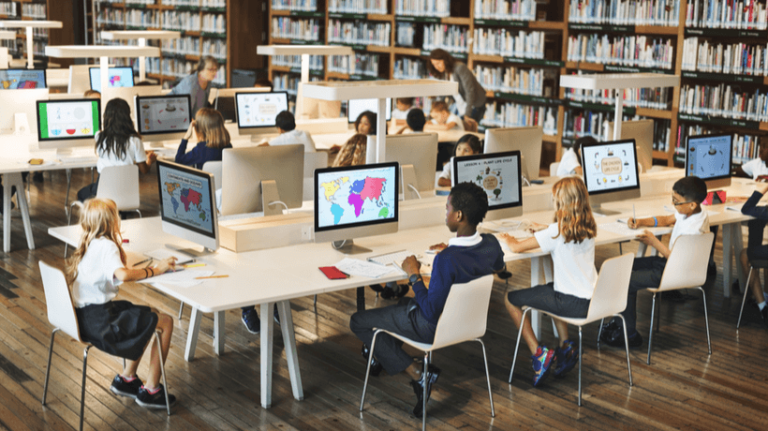In today’s fast-paced digital world, the role of teachers is evolving rapidly. The integration of educational technology into the classroom has transformed traditional teaching methods, creating new opportunities and challenges. This blog explores how teachers are adapting to educational technology and their pivotal role in the ongoing digital transformation in education.
The Rise of Educational Technology
Over the past decade, educational technology has seen unprecedented growth. From interactive whiteboards to AI-driven learning platforms, technology is revolutionizing the way educators teach and students learn. The COVID-19 pandemic further accelerated this trend, pushing teachers to adopt digital tools at a faster pace than ever before.
Challenges Faced by Teachers in the Digital Age
While the adoption of technology in education brings numerous benefits, it also presents challenges. Many teachers have had to learn new skills, adapt to different teaching platforms, and find ways to engage students in a virtual environment. The transition to online learning has not been without its difficulties, including issues related to digital equity, access to reliable internet, and the need for ongoing professional development.
Opportunities Created by Digital Tools
Despite these challenges, educational technology offers significant opportunities for enhancing the learning experience. Teachers now have access to a wealth of resources that can be customized to meet the needs of individual students. Digital tools enable differentiated instruction, allowing teachers to cater to various learning styles and paces. Moreover, technology fosters collaboration among students and teachers, breaking down geographical barriers and creating global classrooms.
The Role of Teachers in Leading the Digital Transformation
Teachers are not just adapting to educational technology; they are leading the way in digital transformation. By experimenting with new tools, sharing best practices, and providing feedback to developers, teachers play a critical role in shaping the future of education. Their insights and experiences are invaluable in ensuring that educational technology is both effective and accessible.
Strategies for Successful Integration of Technology in the Classroom
For teachers looking to integrate technology successfully, it’s important to start with clear objectives. Understanding the specific needs of your students and selecting tools that align with those needs is crucial. Professional development and continuous learning are also key components of successful technology integration. Joining online communities, attending webinars, and collaborating with colleagues can help teachers stay up-to-date with the latest trends and techniques.
The Future of Education: A Hybrid Approach
As we look to the future, it’s clear that the education landscape will continue to evolve. A hybrid approach, combining traditional teaching methods with digital tools, is likely to become the norm. Teachers will need to remain flexible and open to change, continually adapting to new technologies and methodologies.
The digital transformation in education is here to stay, and teachers are at the forefront of this change. By embracing educational technology, they are not only enhancing their teaching practices but also preparing students for a world that is increasingly driven by technology. As we move forward, the collaboration between educators and technology developers will be crucial in creating an educational system that is both innovative and inclusive.


